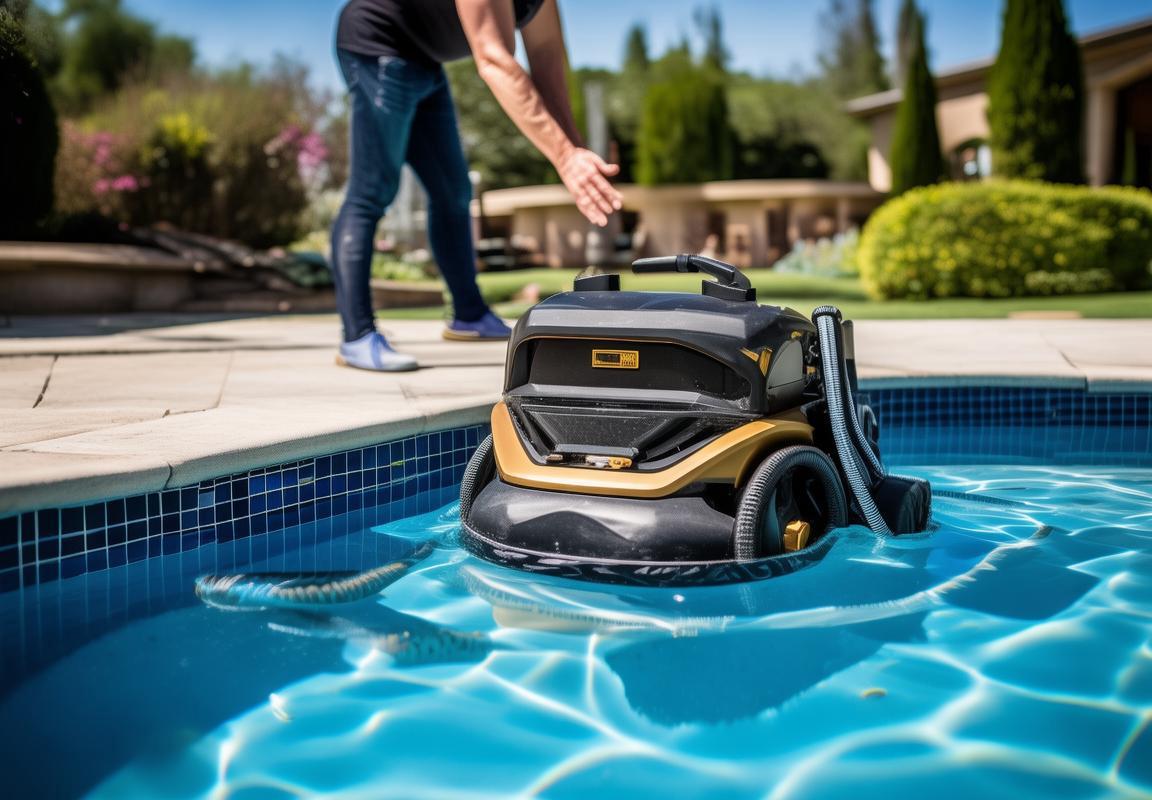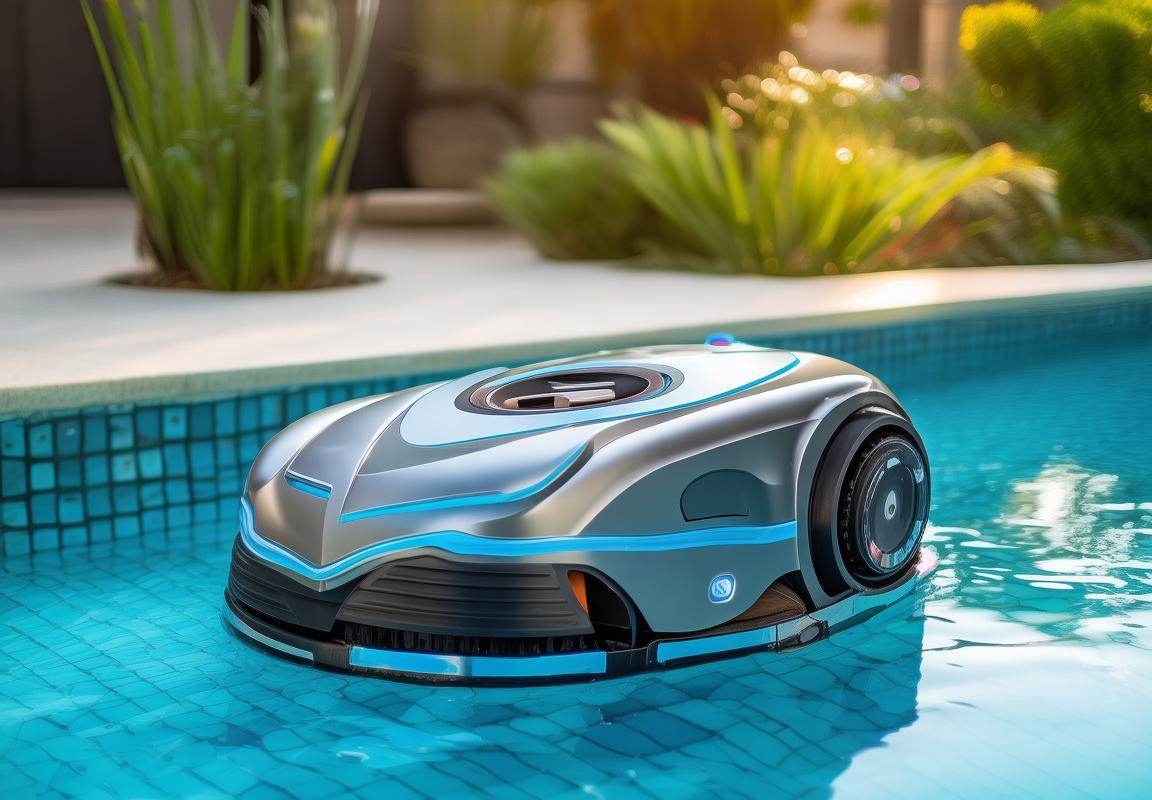Hayward Automatic Pool Cleaner Parts Guide: Fixing Common Hayward Cleaner Issues & Essential Pool Cleaner Parts
When your Hayward automatic pool cleaner starts acting up—moving sluggishly, losing suction, or getting stuck—it’s usually due to a few common Hayward automatic pool cleaner parts failing. Clogged hoses or a torn diaphragm (the rubber piece creating suction) are prime suspects; inspect and replace them if cracked. Worn-out tires or tracks cause slipping or spinning, while a cracked manifold leads to erratic movement or leaks. A seized swivel hose? That’s why your Hayward cleaner flips over or tangles. For quick fixes, check the pump’s filter basket for debris, ensure hose connections are tight, and test water flow. Keep key pool cleaner parts on hand: a spare diaphragm kit (replaces every 1–2 seasons), tires/tracks (every 2–3 seasons), and a backup hose. Avoid generic parts—opt for genuine Hayward pool cleaner components to prevent premature failures. If the motor screeches or leaks are unidentifiable, call a pro. Otherwise, most issues are DIY-friendly with basic tools. Store your Hayward automatic pool cleaner in the shade, rinse it post-use, and replace wear items proactively to avoid mid-season meltdowns. Treat it right, and your cleaner will keep your pool spotless without turning into an expensive yard ornament.





